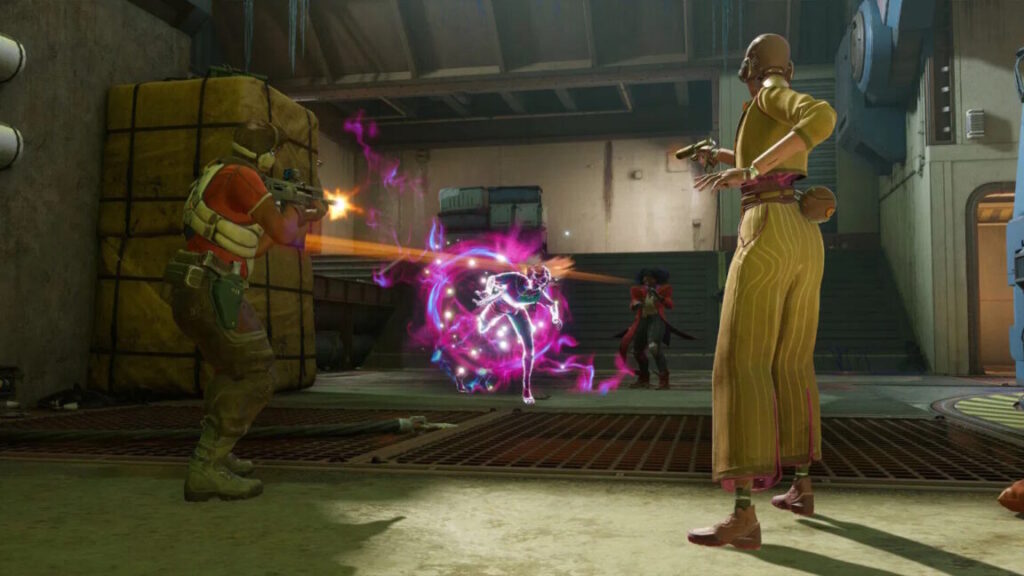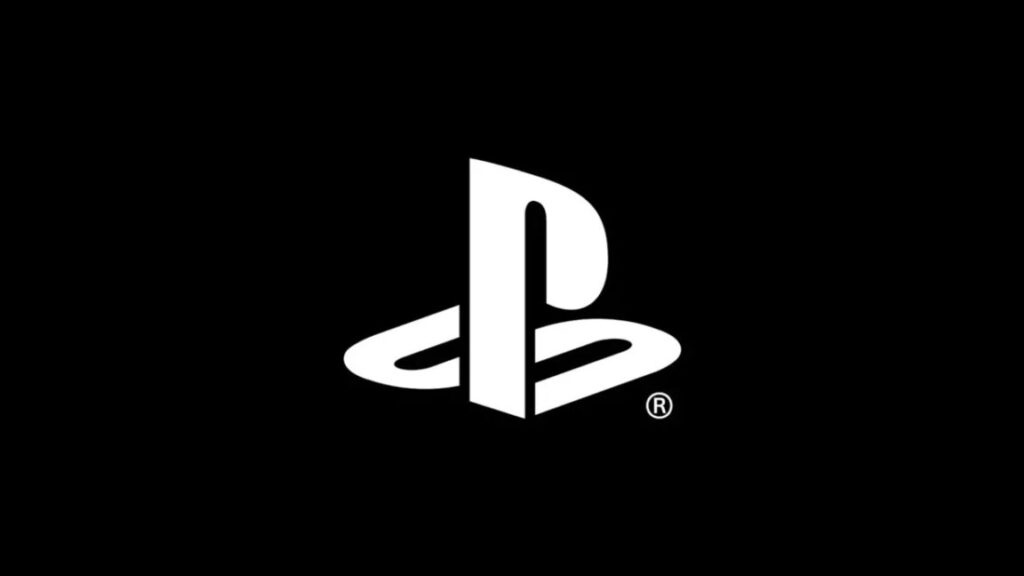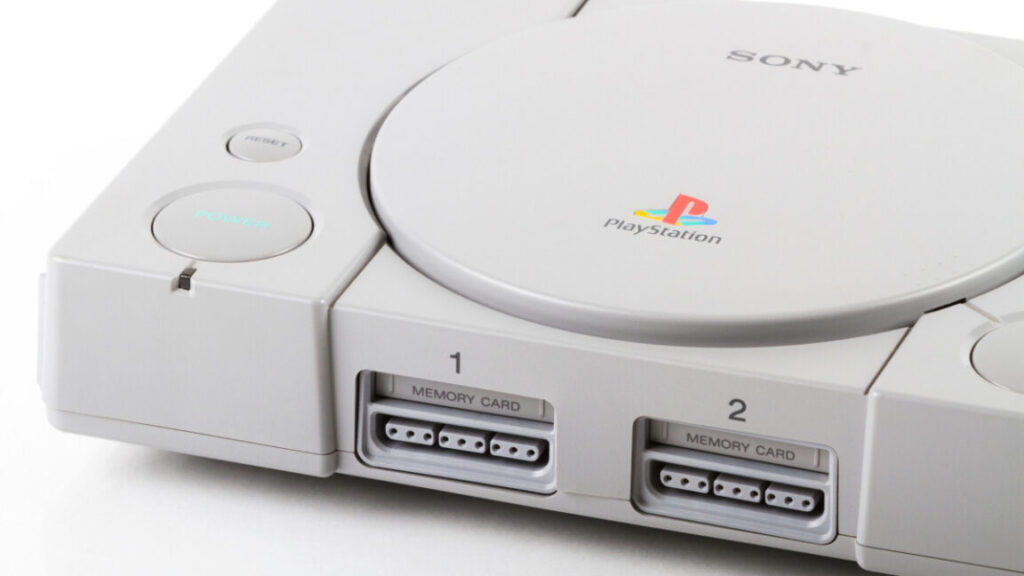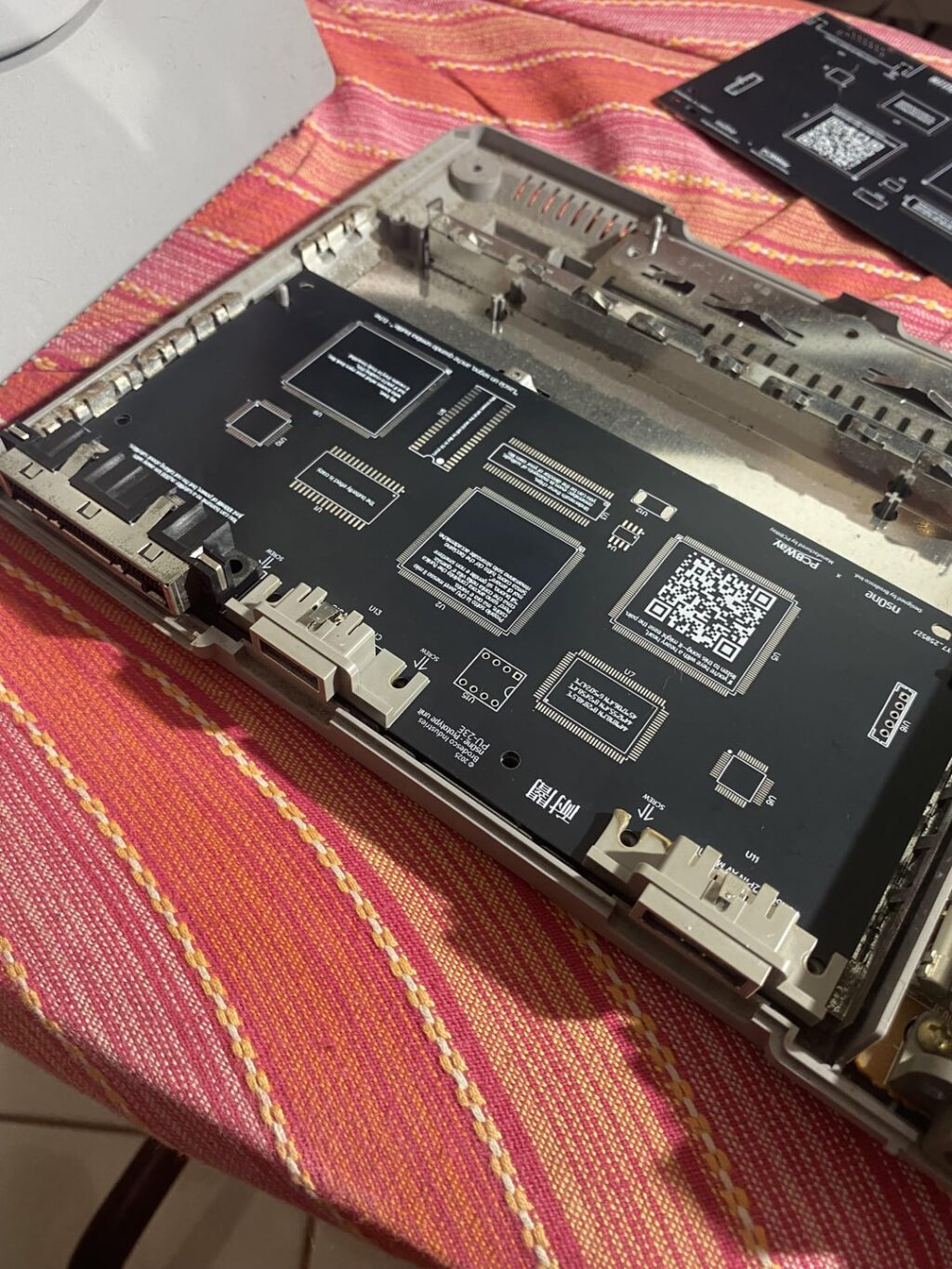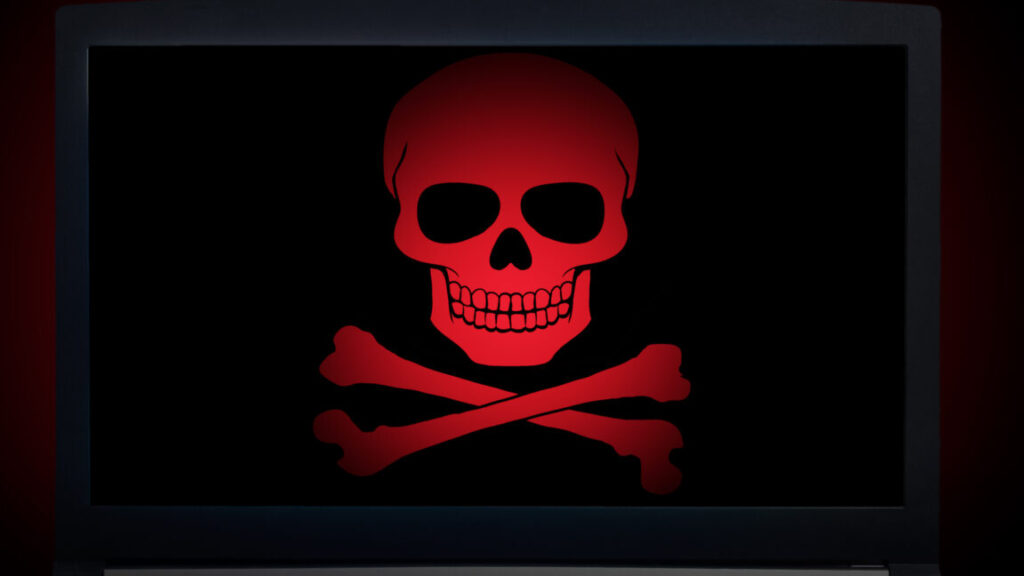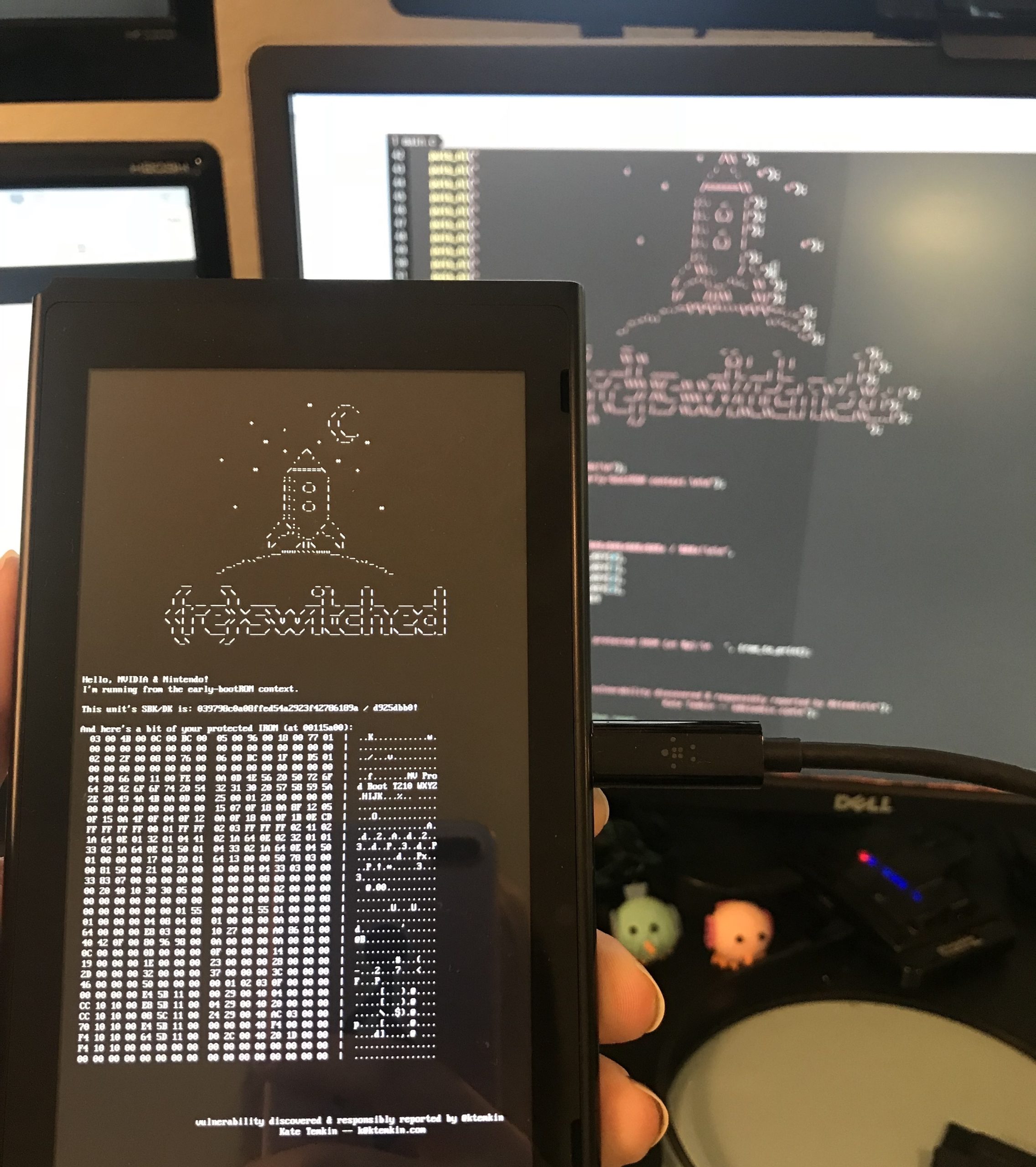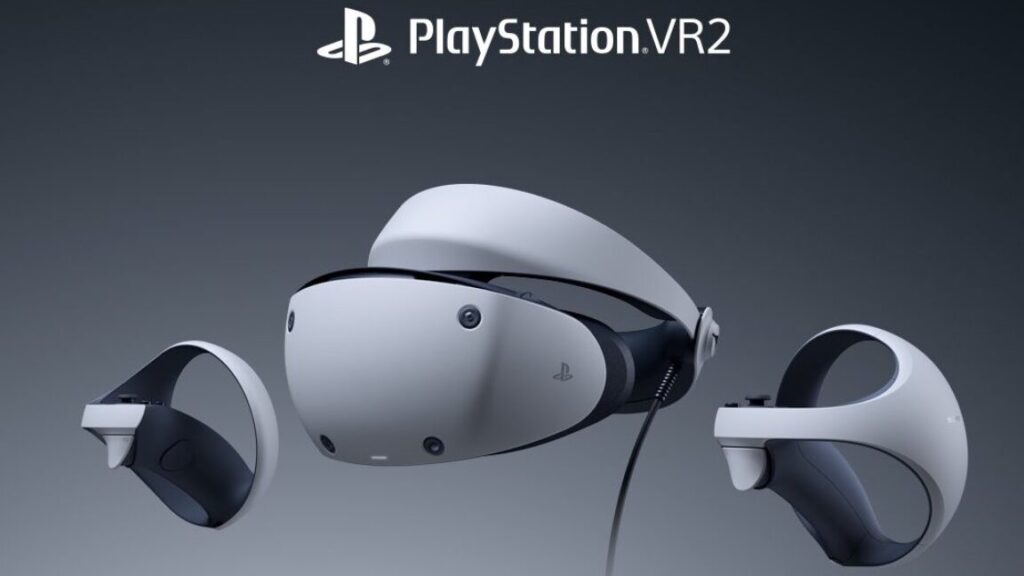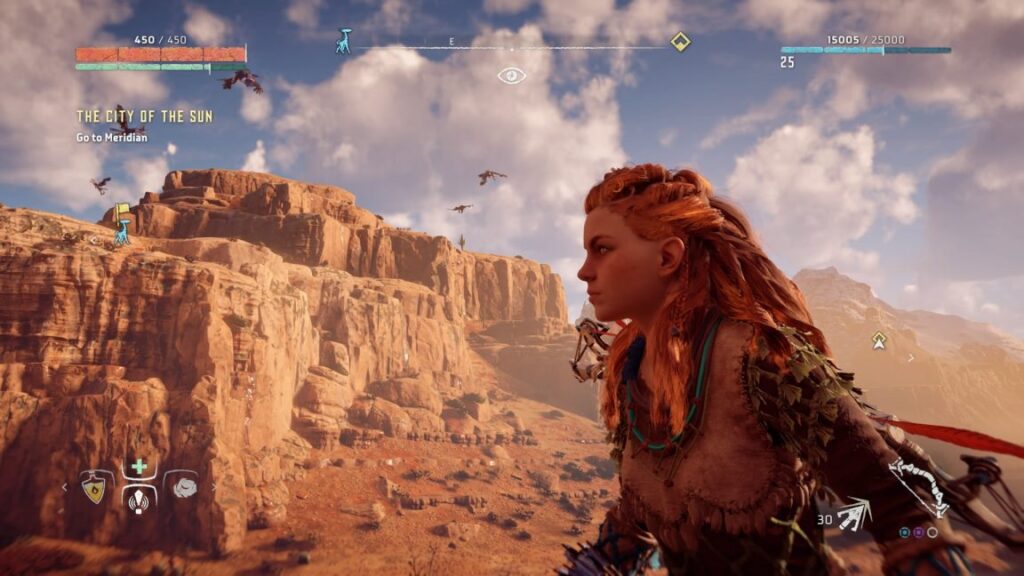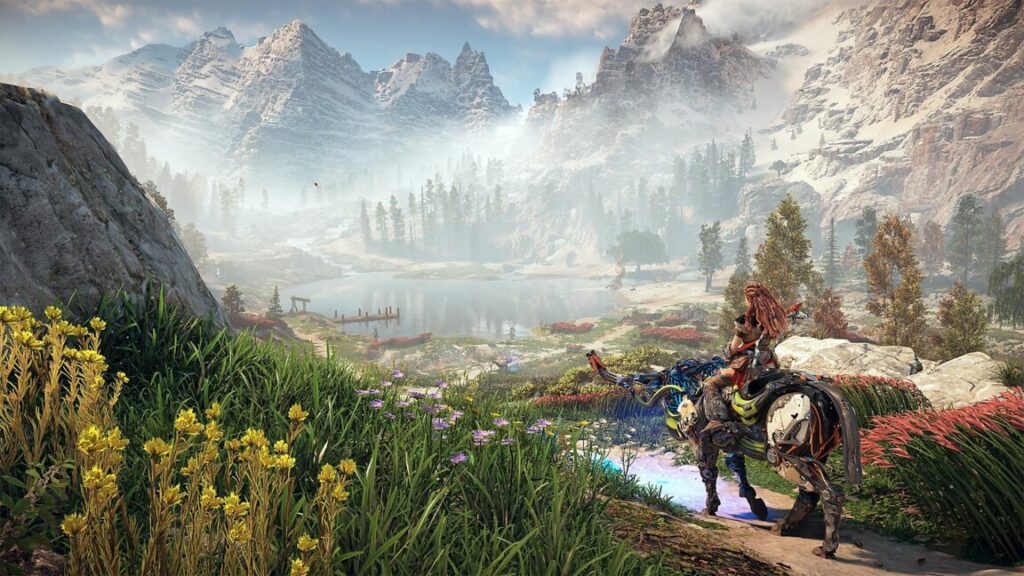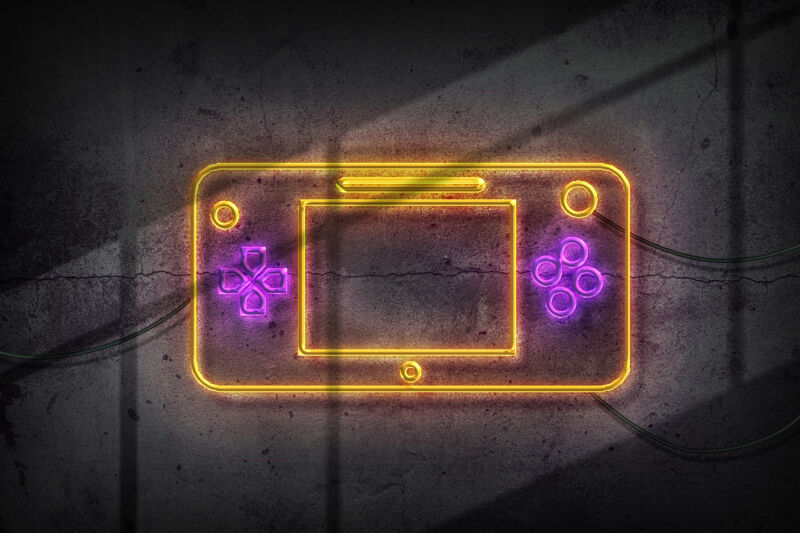Supreme Court hears case that could trigger big crackdown on Internet piracy
Justices want Cox to crack down on piracy, but question Sony’s strict demands.
Credit: Getty Images | Ilmar Idiyatullin
Supreme Court justices expressed numerous concerns today in a case that could determine whether Internet service providers must terminate the accounts of broadband users accused of copyright infringement. Oral arguments were held in the case between cable Internet provider Cox Communications and record labels led by Sony.
Some justices were skeptical of arguments that ISPs should have no legal obligation under the Digital Millennium Copyright Act (DMCA) to terminate an account when a user’s IP address has been repeatedly flagged for downloading pirated music. But justices also seemed hesitant to rule in favor of record labels, with some of the debate focusing on how ISPs should handle large accounts like universities where there could be tens of thousands of users.
Justice Sonia Sotomayor chided Cox for not doing more to fight infringement.
“There are things you could have done to respond to those infringers, and the end result might have been cutting off their connections, but you stopped doing anything for many of them,” Sotomayor said to attorney Joshua Rosenkranz, who represents Cox. “You didn’t try to work with universities and ask them to start looking at an anti-infringement notice to their students. You could have worked with a multi-family dwelling and asked the people in charge of that dwelling to send out a notice or do something about it. You did nothing and, in fact, counselor, your clients’ sort of laissez-faire attitude toward the respondents is probably what got the jury upset.”
A jury ordered Cox to pay over $1 billion in 2019, but the US Court of Appeals for the 4th Circuit overturned that damages verdict in February 2024. The appeals court found that Cox did not profit directly from copyright infringement committed by its users, but affirmed the jury’s separate finding of willful contributory infringement. Cox is asking the Supreme Court to clear it of willful contributory infringement, while record labels want a ruling that would compel ISPs to boot more pirates from the Internet.
Cox: Biggest infringers aren’t residential users
Rosenkranz countered that Cox created its own anti-infringement program, sent out hundreds of warnings a day, suspended thousands of accounts a month, and worked with universities. He said that “the highest recidivist infringers” cited in the case were not individual households, but rather universities, hotels, and regional ISPs that purchase connectivity from Cox in order to resell it to local users.
If Sony wins the case, “those are the entities that are most likely to be cut off first because those are the ones that accrue the greatest number of [piracy notices],” the Cox lawyer said. Even within a multi-person household where the IP address is caught by an infringement monitoring service, “you still don’t know who the individual [infringer] is,” he said. At another point in the hearing, he pointed out that Sony could sue individual infringers directly instead of suing ISPs.
Justice Amy Coney Barrett asked Cox, “What incentive would you have to do anything if you won? If you win and mere knowledge [of infringement] isn’t enough, why would you bother to send out any [copyright] notices in the future? What would your obligation be?”
Rosenkranz answered, “For the simple reason that Cox is a good corporate citizen that cares a lot about what happens on its system. We do all sorts of things that the law doesn’t require us to do.” After further questioning by Barrett, Rosenkranz acknowledged that Cox would have no liability risk going forward if it wins the case.
Kagan said the DMCA safe harbor, which protects entities from liability if they take steps to fight infringement, would “seem to do nothing” if the court sides with Cox. “Why would anybody care about getting into the safe harbor if there’s no liability in the first place?” she said.
Kagan doesn’t buy Sony’s “intent” argument
Kagan also criticized Sony’s case. She pointed to the main principles underlying Twitter v. Taamneh, a 2023 ruling that protected Twitter against allegations that it aided and abetted ISIS in a terrorist attack. Kagan said the Twitter case and the Smith & Wesson case involving gun sales to Mexican drug cartels show that there are strict limits on what kinds of behavior are considered aiding and abetting.
Kagan described how the cases show there is a real distinction between nonfeasance (doing nothing) and misfeasance, that treating one customer like everyone else is not the same as providing special assistance, and that a party “must seek by your action to make it occur” in order to be guilty of aiding and abetting.
“If you look at those three things, you fail on all of them,” Kagan said to attorney Paul Clement, who represents Sony. “Those three things are kind of inconsistent with the intent standard you just laid out.”
Clement said that to be held liable, an Internet provider “has to know that specified customers are substantially certain to infringe” and “know that providing the service to that customer will make infringement substantially certain.”
Justice Neil Gorsuch indicated that determining secondary liability for Internet providers should be taken up by Congress before the court expands that liability on its own. “Congress still hasn’t defined the contours of what secondary liability should look like. Here we are debating them, so shouldn’t that be a flag of caution for us in expanding it too broadly?”
Alito: “I just don’t see how it’s workable at all”
Clement tried to keep the focus on residential customers, saying that 95 percent of infringing customers are residential users. But he faced questions about how ISPs should handle much larger customers where one or a few users infringe.
Justice Samuel Alito questioned Clement about what ISPs should do with a university where some students infringe. Alito didn’t seem satisfied with Clement’s response that “the ISP is supposed to sort of have a conversation with the university.”
Alito said that after an ISP tells a university, “a lot of your 50,000 students are infringing… the university then has to determine which particular students are engaging in this activity. Let’s assume it can even do that, and so then it knocks out 1,000 students and then another 1,000 students are going to pop up doing the same thing. I just don’t see how it’s workable at all.”
Clement said that hotels limit speeds to restrict peer-to-peer downloading, and suggested that universities do the same. “I don’t think it would be the end of the world if universities provided service at a speed that was sufficient for most other purposes but didn’t allow the students to take full advantage of BitTorrent,” he said. “I could live in that world. But in all events, this isn’t a case that’s just about universities. We’ve never sued the universities.”
Barrett replied, “It seems like you’re asking us to rely on your good corporate citizenship too, that you wouldn’t go after the university or the hospital.”
Kagan said that if Sony wins, Cox would have little incentive to cooperate with copyright holders. “It seems to me the best response that Cox could have is just to make sure it never reads any of your notices ever again, because all of your position is based on Cox having knowledge of this,” she said.
Clement argued in response that “I think willful blindness would satisfy the common law standard for aiding and abetting.”
Purpose vs. intent
Some of the discussion focused on the legal concepts of purpose and intent. Cox has argued that knowledge of infringement “cannot transform passive provision of infrastructure into purposeful, culpable conduct.” Sony has said Cox exhibited both “purpose and intent” to facilitate infringement when it continued providing Internet access to specific customers with the expectation that they were likely to infringe.
Sotomayor said Cox’s position is “that the only way you can have aiding and abetting in this field is if you have purpose,” while Sony is saying, “we don’t have to prove purpose, we have to prove only intent.” Sotomayor told Clement that “we are being put to two extremes here. The other side says, ‘there’s no liability because we’re just putting out into the stream of commerce a good that can be used for good or bad, and we’re not responsible for the infringer’s decision.’”
Sotomayor said the question of purpose vs. intent may be decided differently based on whether Cox’s customer is a residence or a regional ISP that buys Cox’s network capacity and resells it to local customers. Sotomayor said she is reluctant “to say that because one person in that region continues to infringe, that the ISP is materially supporting that infringement because it’s not cutting off the Internet for the 50,000 or 100,000 people who are represented by that customer.”
But a single-family home contains a small number of people, and an ISP may be “materially contributing” to infringement by providing service to that home, Sotomayor said. “How do we announce a rule that deals with those two extremes?” she asked.
Clement argued that the DMCA’s “safe harbor takes care of the regional ISPs. Frankly, I’m not that worried about the regional ISPs because if that were really the problem, we could go after the regional ISPs.”
Cox’s case has support from the US government. US Deputy Solicitor General Malcolm Stewart told justices today that “in copyright law and more generally, this form of secondary liability is reserved for persons who act for the purpose of facilitating violations of law. Because Cox simply provided the same generic Internet services to infringers and non-infringers alike, there is no basis for inferring such a purpose here.”
Terminating all access “extremely overbroad”
Sotomayor asked Stewart if he’s worried that a Cox win would remove ISPs’ economic incentive to control copyright infringement. “I would agree that not much economic incentive would be left,” Stewart replied. “I’m simply questioning whether that’s a bad thing.”
Stewart gave a hypothetical in which an individual Internet user is sued for infringement in a district court. The district court could award damages and impose an injunction to prevent further infringement, but it probably couldn’t “enjoin the person from ever using the Internet again,” Stewart said.
“The approach of terminating all access to the Internet based on infringement, it seems extremely overbroad given the centrality of the Internet to modern life and given the First Amendment,” he said.
Oral arguments ended with a reply from Rosenkranz, who said Clement’s suggestion that ISPs simply “have a conversation” with universities is “a terrible answer from the perspective of the company that is trying to figure out what its legal obligations are [and] facing crushing liabilities.” Rosenkranz also suggested that record labels pay for ISPs’ enforcement programs.
“The plaintiffs have recourse,” he said. “How about a conversation with the ISPs where they talk about how to work out things together? Maybe they kick in a little money. Now, they won’t get billion-dollar verdicts, but if they believe that the programs that Cox and others have aren’t satisfactory, they can design better programs and help pay for them.”
Supreme Court hears case that could trigger big crackdown on Internet piracy Read More »


